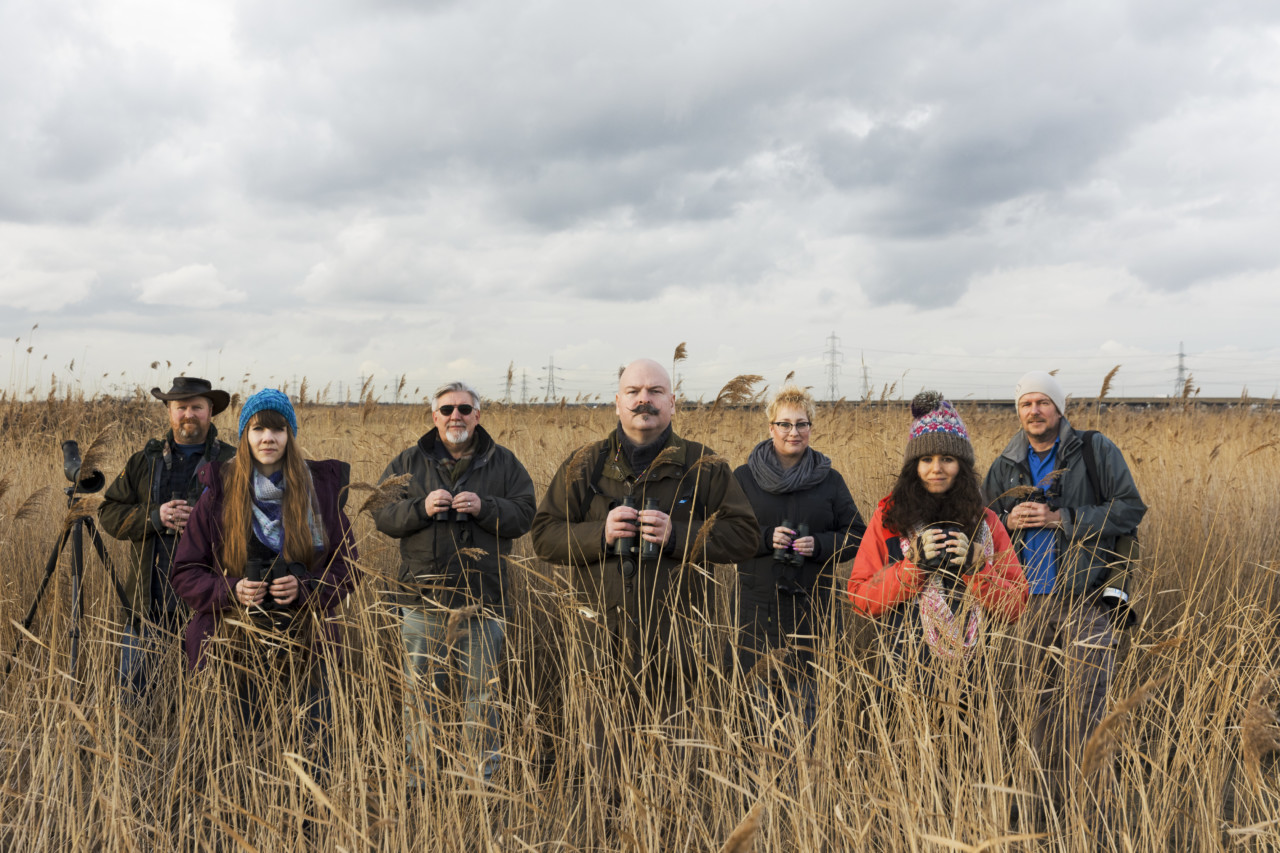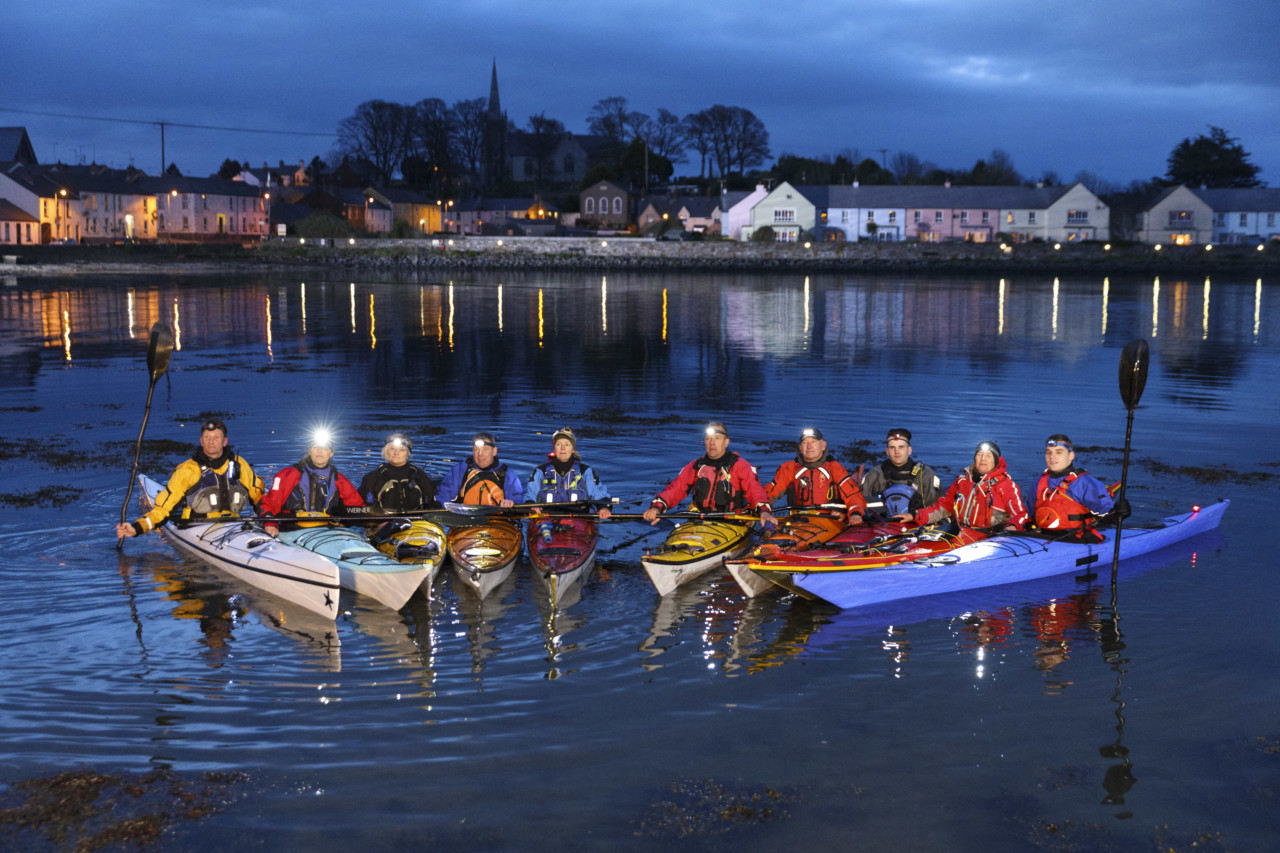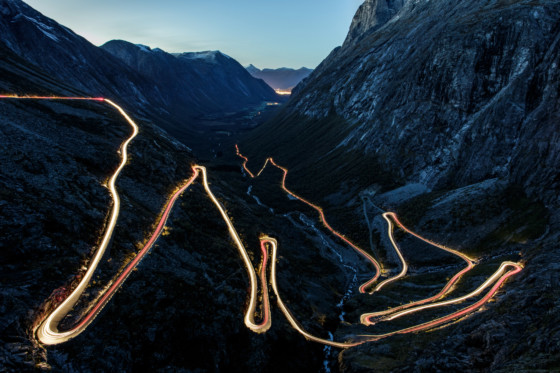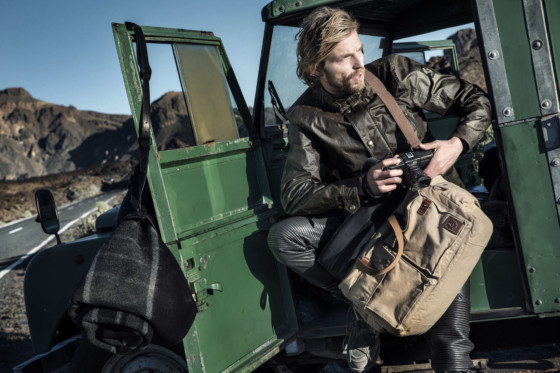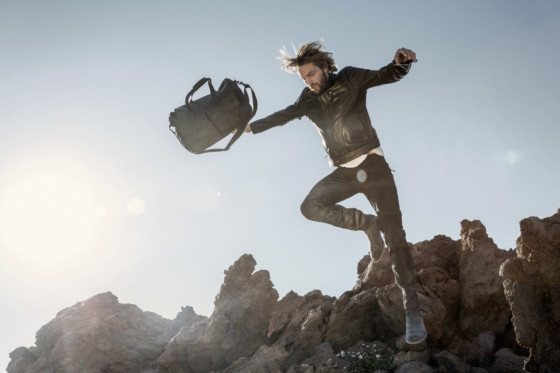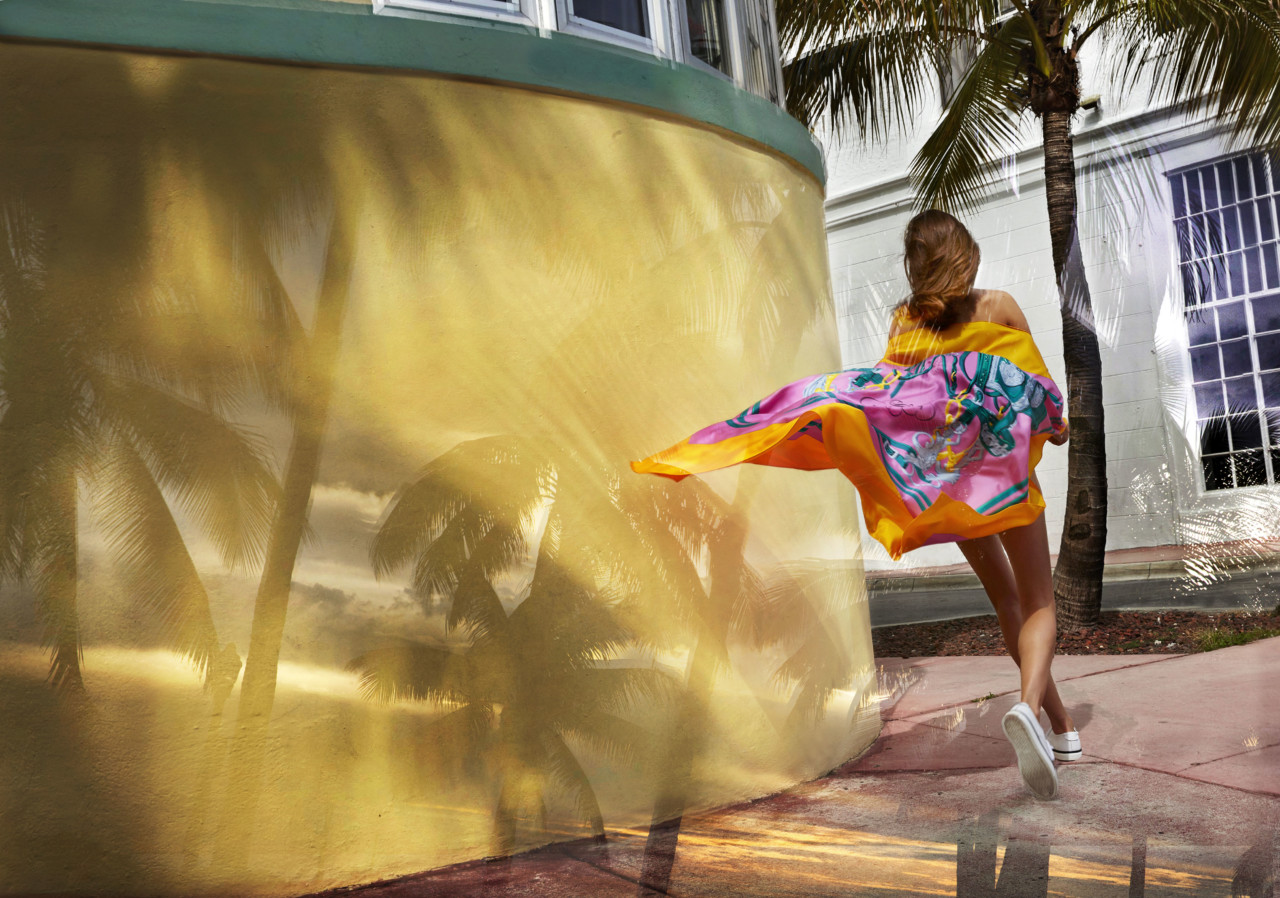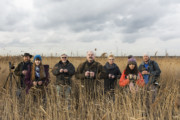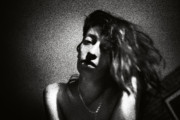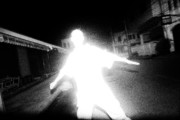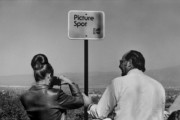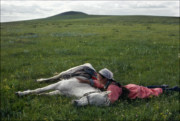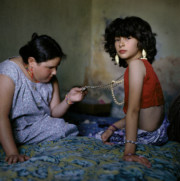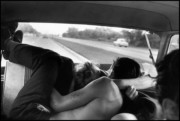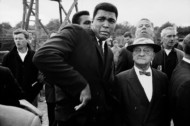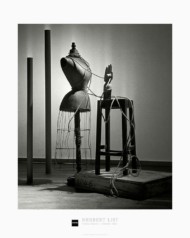Photography Insiders: On Commercial Work
An art director, an advertising creative and Magnum’s Head of Commercial Assignments give their tips on securing and working on commercial commissions
Magnum Photographers
When a photographer produces work for a commercial client, the work is usually commissioned by a specialist art buyer working at a creative company or advertising agency. While some brands may work directly with photographers, most often it is the art buyer at an agency who is tasked with creating and delivering visual brief on behalf of a commercial client. The agency’s role is to develop an idea, find the right photographer to execute it, and write the brief for them, then support them in the production of the brief to ensure the images created during the shoot support the client’s objectives.
The BJP x Magnum Photos professional practice workshop will explore commercial work for photographers, and will equip participants with the knowledge they need to secure and prepare for meetings with art buyers and commercial clients, as well as tips on how to balance such jobs with their personal and editorial practices. The workshop will feature presentations from Magnum photographer Jonas Bendiksen, Tim Paton, Head of Commercial Assignments at Magnum Photos, Sarah Thomson, Head of Art Production at One Unilever at Ogilvy in London, and Phil Rylance, a Creative at advertising agency JWT London. It takes places in London on the weekend of April 28-29, and applications are open now.
Ahead of the latest in the BJP x Magnum Photos Professional Practice workshop on commercial projects, three professionals who play a role in creating photography for commercial clients, offer some helpful advice to photographers working in the commercial space.
Remember you’re realizing someone else’s idea
Magnum’s Tim Paton explains how the fundamental difference between personal and commercial work can mean a difficult transition for photographers used to shooting editorial or personal work:
“The main thing to remember with commercial work is that you are interpreting someone else’s idea. You are working to a brief and you have a client to please; it’s not just about producing pictures that please yourself. The client will have some very specific things that they need covered off and you have to be very open to that. You have to leave your ego at the door and make sure you deliver on the day. To think like that can be quite hard and the transition from editorial to commercial photographer can therefore take a while.”
Understand the process
Advertising creative Phil Rylance emphases the importance of understanding the process that led to the commission:
“One thing worth considering is the process the agency goes through before we ever get to hire a photographer and go on a shoot – usually a long and involved process. The client has a problem or need and the agency takes it on. Strategies are agreed, creative briefs are worried over then written by planners, creatives are briefed and do many long hours creating concepts, having lots of WIP (work in progress) meetings where they share their ideas with the team, until eventually receiving the go-ahead from their creative director. The concepts are then presented to the clients where things are discussed in minute detail by many people, maybe once, maybe many times if there is a client hierarchy. If successful, it will probably then go through rounds and rounds of research groups, and be fought over both internally and externally to keep its integrity intact. So, by the time the photographer sees a layout it is both an opportunity and an anchor.”
Know how to approach art buyers
Sarah Thompson from One Unilever at Ogilvy is approached by photographers looking for commercial commissions regularly. Here, she talks through her thoughts on those approaches and initial meetings.
“Most photographers contact me by email or LinkedIn to request a meeting. I generally prefer email. Either way, it means I can suggest a date and time usually later in my day when all the urgent work has abated. It’s good to see a selection of the work or a link on the email – and it’s especially good if the work is relatively specific to the accounts I work on. At the meeting, they should always show their best work which is carefully edited.
I love to meet the photographers themselves as you generally get great insight into their work and it’s always interesting to hear what projects they are working on, with good examples of recent publications and commercial engagements. I’m happy to see work both in physical portfolios and on screen. It is still always wonderful to see the work for real, but the need for actual portfolios just to see Art Producers is something of a luxury now, so I have no issue with seeing the work on an iPad or laptop too.
It’s always great to see photographers with a huge enthusiasm for their work who can communicate their enthusiasm with pleasure.”
For more information about the BJP x Magnum Professional Practice Series: Commercial Projects workshop, and to apply, go here.


